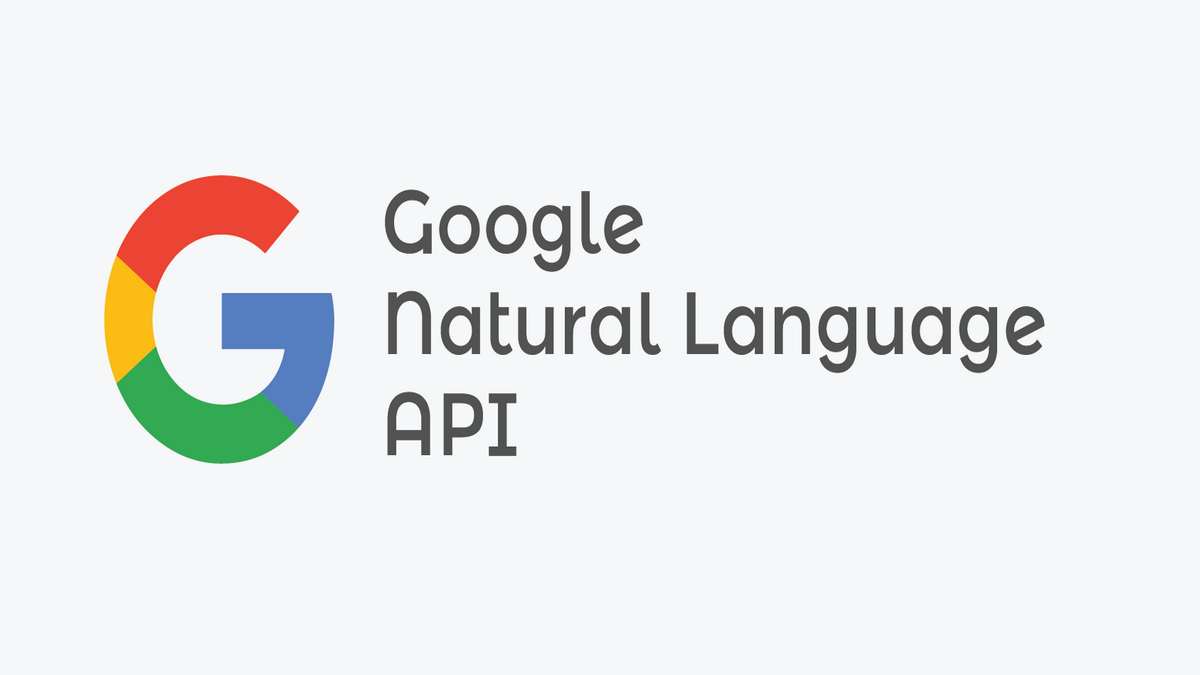What is Google NLP (Natural Language Processing)?
Google NLP is an API of the search engine dedicated to the automatic processing of natural language. We explain how it works and what it is used for!
With the development of the digital world, customers are more and more likely to do their research on the web. Whether it’s to give an opinion or simply to look for the answer to a specific question, Internet users are taking turns to search engines to find the “right” possible result. This is where natural language processing or NLP comes in.
This branch of artificial intelligence is then exploited by Google, to set up a specialised API for its customers: the Google NLP. If you are new to the term, we suggest you discover NLP. We will then look at Google NLP and its impact on the natural referencing of web pages.

What is NLP?
NLP, or Natural Language Processing, by definition, is a sub-field of artificial intelligence integrated into a computer programme. Its mission is to enable the latter to understand and interpret human language.
Whether it is spoken or written language, NLP can analyse each word, each sentence, each intonation in order to understand its meaning. It allows the computer program to generate a response in the form of language to meet the specific needs of the user.
NLP has two main parts. The first is the NLU (Natural Language Understanding), which is used to analyse and understand human language. The second, called NLG (Natural Language Generation), is used to generate text from the data collected by the NLU. It can then automatically construct coherent and meaningful sentences.
Which online tools use NLP?
Most professional online applications and tools are equipped with NLP. We also use them every day, without realising it. Here are some examples:
- Automatic translators: one of the best known is Google Translate. The tool analyses the sentences or voice entering the platform and then instantly triggers the translation into another language at the client’s request.
- Voice assistants: these are programs integrated into computers, smartphones and connected speakers. Their role is to execute the user’s request, converting the voice language into action. Some notable examples are Siri, Cortana, Google Nest Home or Alexa.
- Chatbots: these are programs integrated into websites and various applications. They are used to simulate human conversations naturally and to answer users’ questions. They can be found everywhere: in companies’ Facebook pages, hotel websites, airline ticket booking platforms, etc.
- Autocorrectors: through machine learning, they can learn autonomously, understand natural language and automatically correct spelling mistakes. The most common example is the automatic keyboard checker on smartphones or the one in Microsoft Word.
- Sales sites: through search, they can determine and isolate precisely the products that users are looking for. Natural Language Processing is available on the most famous sites such as Amazon, Alibaba,…
Other professional tools also use natural language processing to convert spoken language into text and vice versa. Others are more advanced and can analyse the intonation and emotional content of a language. Finally, some have the ability to analyse textual content, such as Google NLP.
How does NLP work in the Google search engine?
Google is the first platform to integrate and exploit natural language processing. The Mountain View company uses the technology to optimise the indexing and positioning of websites in its search engine. The company’s objective is to always improve the user experience by providing the most relevant results possible.
Google has therefore been working on Natural Language Processing to guess and get as close as possible to users’ searches. The aim is to understand the meaning of each word, identify the intention behind the construction of sentences and discern the expression of feelings in each term used.
It was as part of this work on natural language processing that Google created the BERT algorithm. It is a revolution in the field of search engines. The BERT algorithm (Bidirectional Encoder Representations from Transformers) establishes connections between the written texts used during a search. It then generates a general context and interprets its ‘true meaning’. It scans everything: every word or term, punctuation, linking words, prepositions…
The BERT algorithm can therefore detect the user’s feelings via NLP. In other words, BERT allows Google to “read” the thoughts of its users.
Google NLP and SEO
Over the years, Google has optimised the automatic processing of natural language in its search engine algorithm. The aim is to constantly improve the search service for users. Whether it is written or voice search, recent NLP technologies allow the algorithms to better understand customer queries. As a result, they can generate relevant answers that are as close as possible to what users are really looking for.
With the evolution of voice search, web developers have had to adapt the search engine to accommodate this new functionality. More recently, Google has made available a specific tool, called Google NLP. This tool allows text and voice content to be examined to extract data to be used in SEO (see the definition of SEO).
Google NLP can understand the client’s intentions by analysing each keyword, semantics, intonations, punctuations and feelings in the sentence in question.